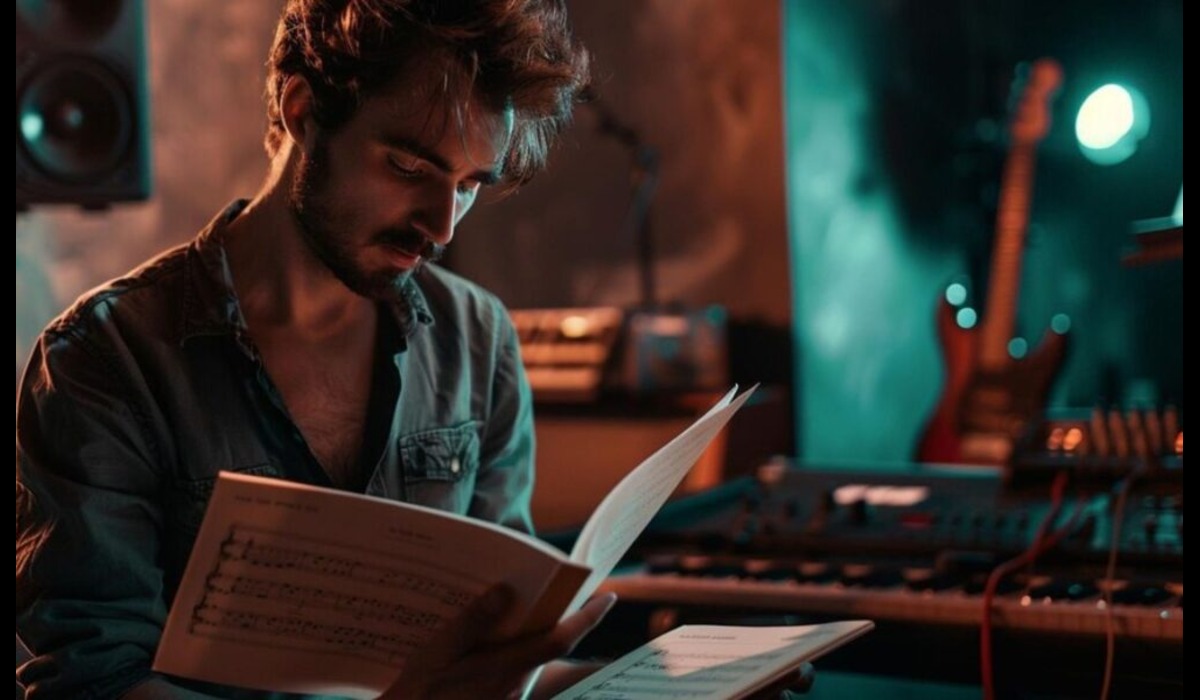Introduction
Şeygo is a term that conjures images of rich traditions, intricate artistry, and a profound cultural heritage. This article aims to delve into the multifaceted aspects of Şeygo, exploring its historical origins, cultural significance, social dynamics, and its influence in contemporary times. Through this exploration, we hope to offer a comprehensive understanding of Şe.ygo and highlight its enduring legacy in today’s global landscape.
Historical Context and Origins
The origins of Şeygo are deeply rooted in the history of a specific region, often associated with a distinct ethnic group known for their vibrant culture and unique traditions. The term “Şeygo” itself has been used to describe a variety of cultural expressions, ranging from traditional crafts and music to social customs and festivals.
The historical development of Şeyg.o can be traced back to ancient times, where it served as a central element of community life. The people of Şe.ygo developed a rich tapestry of cultural practices influenced by their interactions with neighboring cultures, trade routes, and historical events. Over the centuries, Şe.ygo has absorbed elements from various civilizations, creating a unique cultural blend that is both diverse and cohesive.
Cultural Significance
The cultural significance of Şeygo is multifaceted, encompassing a wide range of artistic, social, and spiritual aspects. This section explores some of the key elements that define Şeygo’s cultural identity.
1. Traditional Crafts and Artistry
One of the most notable aspects of Şeygo culture is its traditional crafts and artistry. The people of Şey.go are renowned for their craftsmanship, producing intricate textiles, pottery, jewelry, and other handmade items. These crafts are often characterized by their vibrant colors, detailed patterns, and symbolic motifs, which carry deep cultural meanings.
The process of creating these crafts is not just a form of artistic expression but also a way of preserving and transmitting cultural knowledge. Many of these techniques have been passed down through generations, with artisans often learning their craft from family members. The preservation of these traditions is seen as a crucial part of maintaining Şeygo’s cultural heritage.
2. Music and Dance
Music and dance are integral components of Şeygo culture, serving as expressions of joy, storytelling, and communal identity. Traditional Şe.ygo music is often performed with a variety of instruments, including stringed instruments, percussion, and wind instruments. The music is typically rhythmic and melodic, designed to accompany dance performances that are both celebratory and ceremonial.
Dance in Şeygo culture is highly expressive, often involving elaborate costumes and choreography. These dances are performed at festivals, weddings, and other significant events, serving as a way to celebrate cultural heritage and bring the community together.
3. Cuisine
The cuisine of Şeyg.o is a reflection of the region’s agricultural abundance and cultural diversity. It features a rich array of flavors, with an emphasis on fresh, locally sourced ingredients. Staple foods often include grains, legumes, vegetables, and a variety of spices, which are used to create dishes that are both nourishing and flavorful.
Food plays a central role in Şeygo culture, not only as a means of sustenance but also as a way of expressing hospitality and social bonds. Traditional recipes are often passed down through families, with each generation adding its own variations and innovations.
4. Festivals and Celebrations
Festivals are an essential aspect of Şeygo culture, providing a platform for the community to celebrate its heritage and traditions. These events are marked by music, dance, feasting, and various cultural performances. Festivals often have deep spiritual or historical significance, commemorating important events, seasons, or religious observances.
One of the most important festivals in Şey.go is the New Year celebration, which is a time for renewal and reflection. The festival is characterized by traditional rituals, communal feasts, and the exchange of gifts, symbolizing unity and goodwill.
Social Structure and Dynamics
The social structure of Şeygo is complex and has evolved over time, influenced by historical, economic, and political factors. This section explores the key elements of Şeygo’s social dynamics.
1. Family and Community
The family unit is the cornerstone of Şeygo society, with strong ties to extended family members and the larger community. Family roles are traditionally defined, with a clear division of responsibilities based on age and gender. However, these roles are evolving, particularly in urban areas where modern influences are more pronounced.
Community life is characterized by a strong sense of solidarity and mutual support. Traditional governance structures, often led by elders or respected community leaders, play a significant role in maintaining social order and resolving conflicts. These structures are complemented by formal institutions and modern governance, creating a unique blend of traditional and contemporary practices.
2. Religion and Spirituality
Religion and spirituality are integral aspects of Şeygo culture, influencing daily life, customs, and social norms. The religious landscape of Şey.go is diverse, with various faiths coexisting peacefully. Spiritual practices often involve rituals, prayers, and festivals, which are deeply woven into the fabric of everyday life.
Spiritual leaders and religious institutions play a crucial role in the community, providing guidance and support. The integration of spirituality into social and cultural practices helps maintain a strong sense of identity and continuity within the community.
3. Education and Social Mobility
Education is highly valued in Şeygo culture as a means of personal development and social mobility. Traditional forms of education, such as apprenticeship and oral storytelling, have been complemented by formal education systems. Access to education has improved significantly in recent years, with a growing emphasis on higher education and vocational training.
This focus on education has contributed to greater social mobility, with many individuals pursuing careers in various fields, including arts, sciences, business, and politics. The increasing participation of women in education and the workforce is also notable, reflecting broader social changes.
Contemporary Relevance and Global Influence
In the contemporary world, Şeygo culture continues to thrive, adapting to modern influences while preserving its unique heritage. This section explores the contemporary relevance of Şeygo and its influence beyond its traditional boundaries.
1. Cultural Preservation and Innovation
There is a growing awareness of the importance of preserving Şeygo’s cultural heritage. Efforts are being made to document and promote traditional practices, crafts, and languages. These initiatives are supported by both governmental and non-governmental organizations, as well as by the Şeygo diaspora.
At the same time, Şeygo culture is evolving, embracing innovation and new forms of expression. This includes the fusion of traditional and modern art forms, the adaptation of traditional crafts to contemporary markets, and the incorporation of modern technology into cultural practices.
2. Diaspora and Global Connections
The Şeygo diaspora has played a significant role in promoting and preserving Şeygo culture globally. Şeygo communities around the world continue to celebrate their heritage, organizing cultural events, festivals, and educational programs. These activities help maintain a sense of identity and connection among diaspora members and introduce Şeygo culture to a broader audience.
Globalization and modern technology have also facilitated greater cultural exchange and collaboration. Şeygo artists, musicians, and scholars are increasingly engaging with global audiences, contributing to a rich cross-cultural dialogue.
3. Challenges and Opportunities
Despite its rich cultural heritage and vibrant community life, Şeygo faces several challenges. These include issues related to economic development, social inequality, and cultural assimilation. The impacts of globalization and modernization pose both threats and opportunities, challenging the community to find a balance between tradition and innovation.
However, these challenges also present opportunities for growth and renewal. The increasing interest in cultural tourism, sustainable development, and cultural preservation offers avenues for economic and social development. Additionally, the resilience and adaptability of the Şeygo community are key assets in navigating these challenges.
Conclusion
Şeygo is a culture rich in history, tradition, and creativity. Its unique blend of traditional practices and modern influences makes it a vibrant and dynamic part of the global cultural landscape. The preservation and promotion of Şeygo culture are vital for maintaining its rich heritage and ensuring that it continues to thrive in the modern world.
As Şeygo continues to evolve, it remains a testament to the enduring power of cultural identity and community. By embracing both tradition and innovation, Şeygo offers valuable lessons in resilience, adaptability, and the importance of cultural diversity. As we look to the future, the continued celebration and exploration of Şeygo culture will enrich not only the lives of those who belong to it but also the broader global community.










